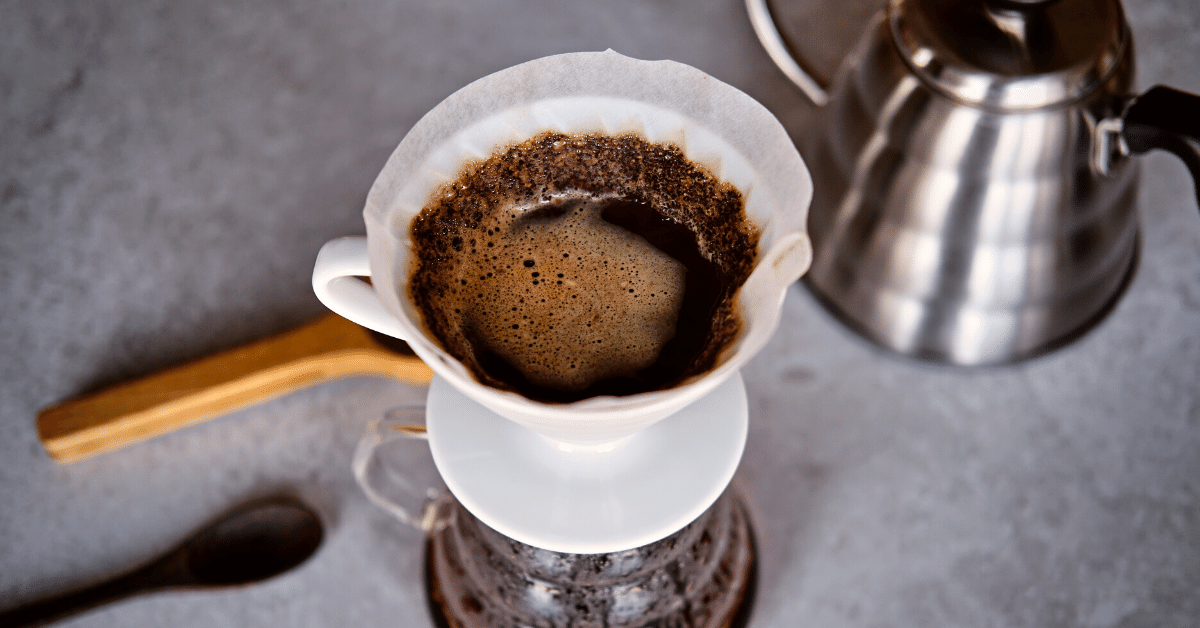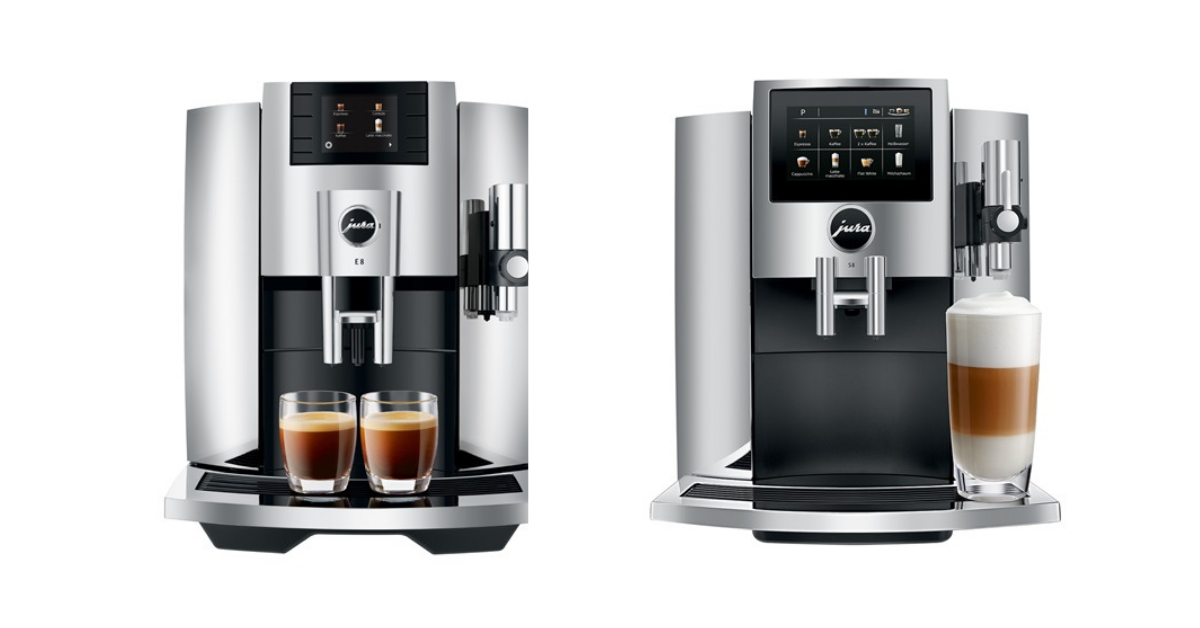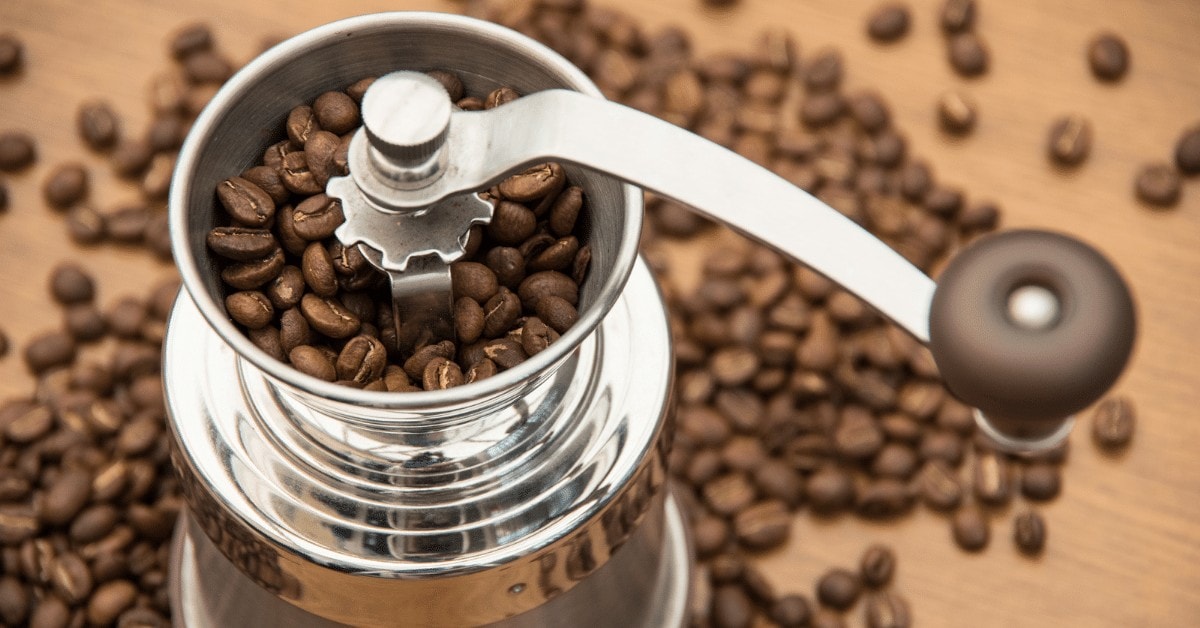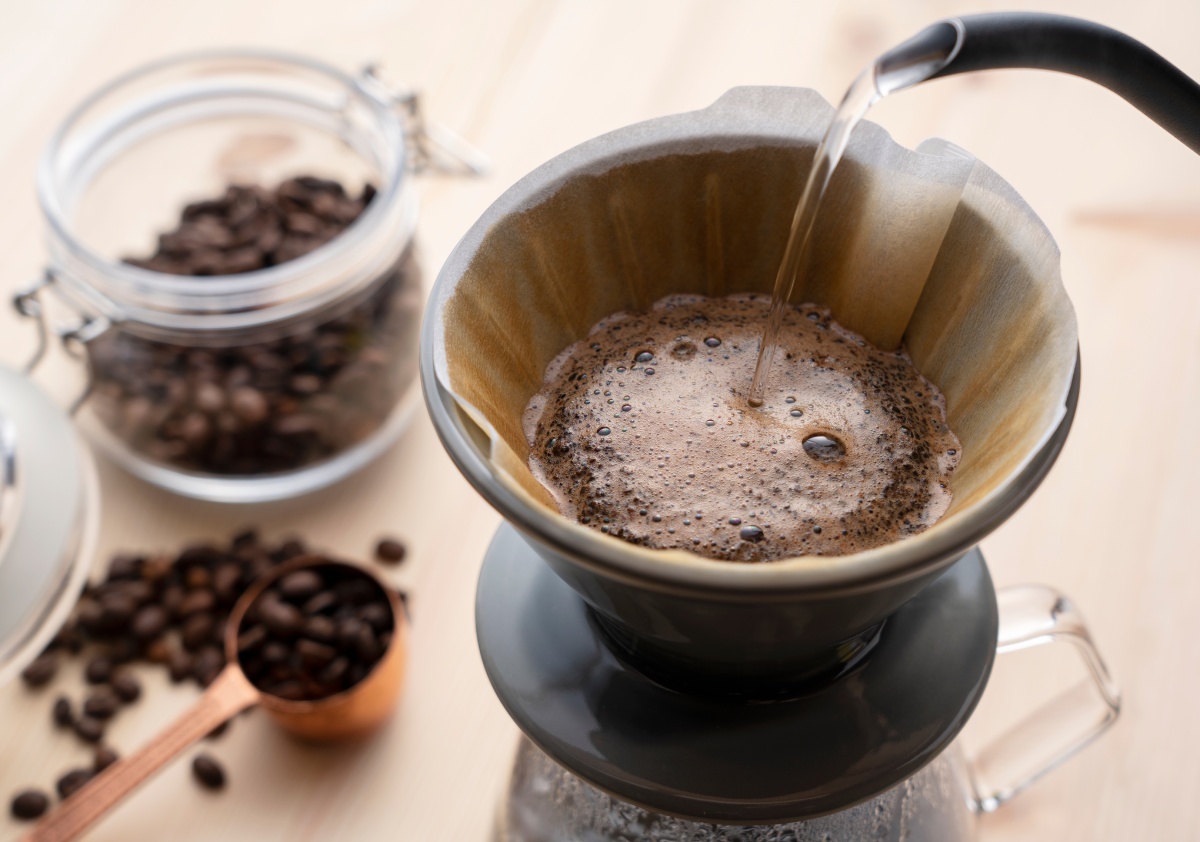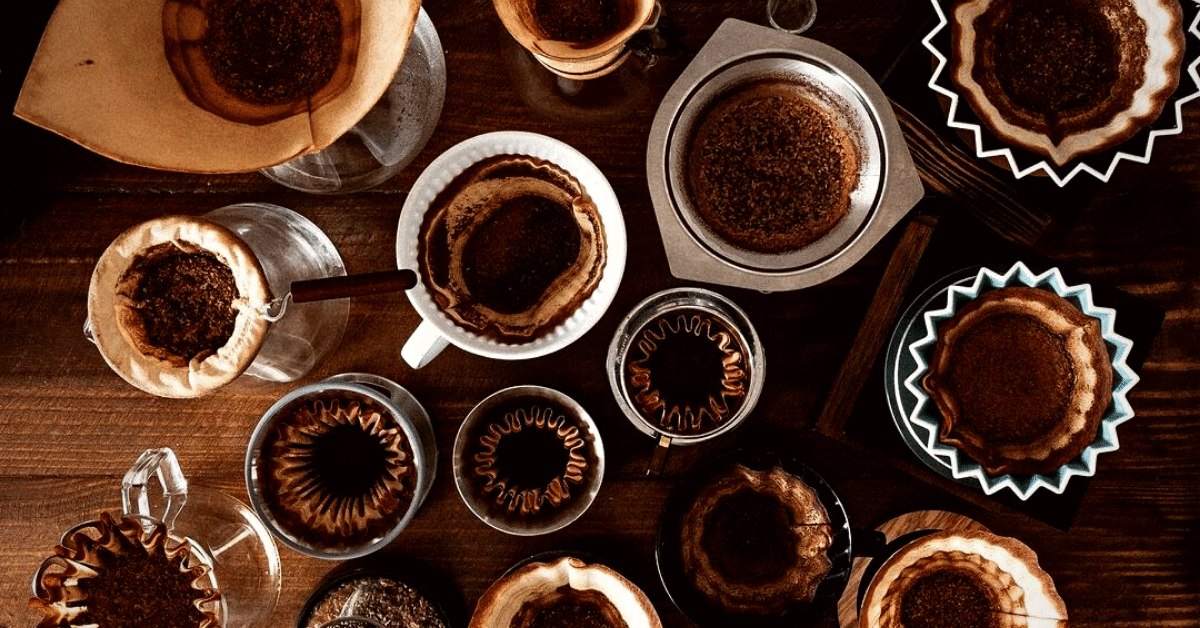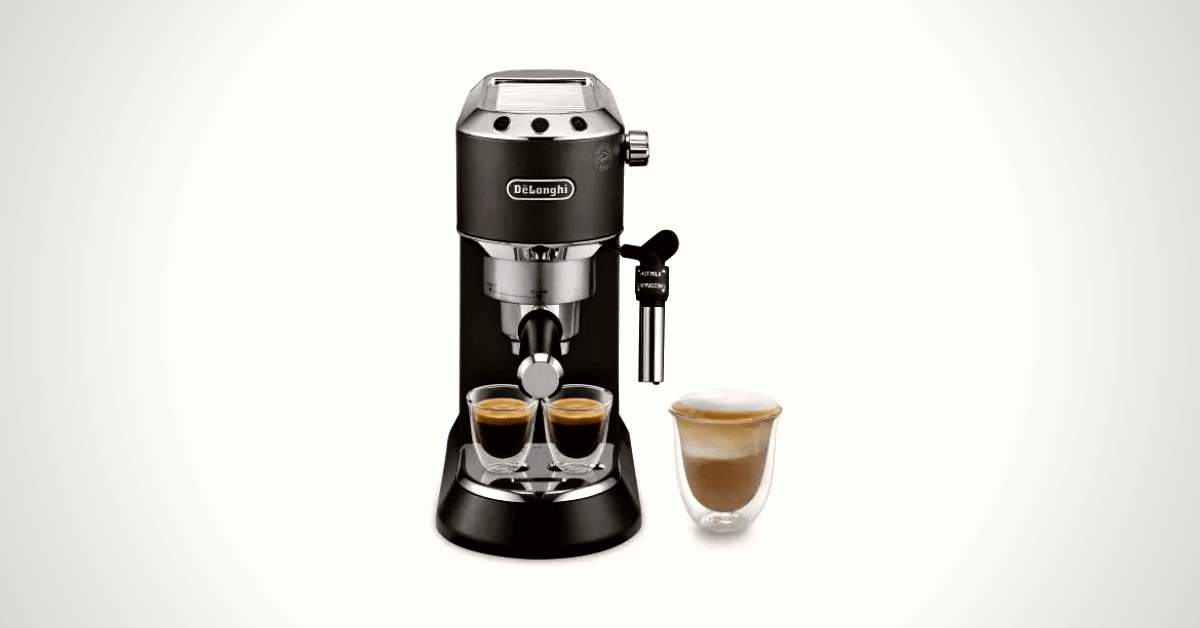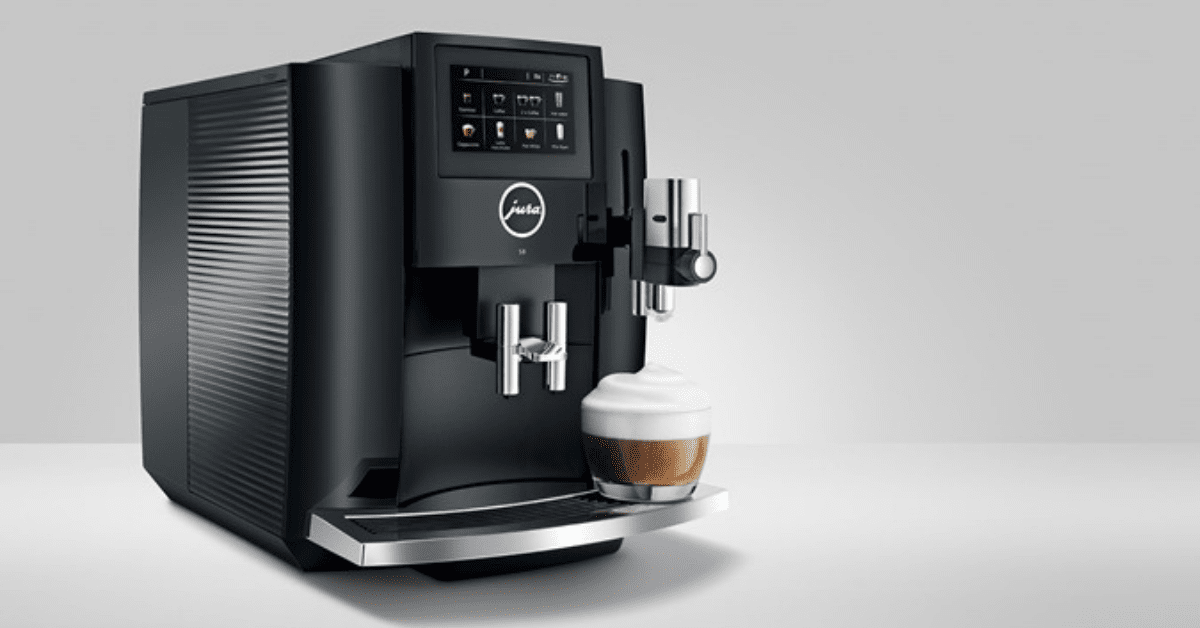A French press makes an excellent cup of coffee.
But of course, it has its disadvantages.
The cleaning is quite tedious, and it’s not the most portable option out there.
Plus, it lets some sediment through, which is not for everyone.
But don’t worry. There is a French press alternative (even a couple of them!) you can use to bypass these issues.
Let’s begin.
What’s So Special About the French Press?
Not going to lie, the French press is definitely not the brewer that grabbed my intention at first sight. It basically looks like a carafe with a plunger.
But, I must admit I was quite surprised with the coffee it makes.
The French press coffee maker uses the so-called immersion brewing style. Basically, it’s saturating coffee grounds in water for a set amount of time.
There’s no need to pay extra attention to how you’re pouring water over the grounds. After all, they’ll be immersed for a while, so there’s enough time for coffee compounds to dissolve.
Generally, brew time lasts between 3 and 4 minutes when using a French press. But the more you let the coffee grounds steep, the more extracted your coffee gets. Therefore, a longer brew means a bolder and more bitter cup of java.
Once your coffee is done immersing, you just need to press down the plunger. This will keep the grounds at the bottom, so you can pour coffee without sediment.
3 French Press Alternatives You Should Try
There are a couple of alternatives to the French press that you can use that work on a similar principle and give similar results.
AeroPress
The AeroPress coffee maker works on pretty much the same principle as the French press. You let the coffee steep for a while, then use a plunger to separate the grounds from the liquid.
Now, this type of brewer has quite a unique look – it’s cylindric, kind of like a huge syringe. It’s pretty compact, which makes it great for traveling.
The AeroPress is made of BPA-free plastic, with the lid and plunger being made of silicone. And even though it’s quite sturdy, don’t expect it to last a lifetime. You’ll probably have to replace the silicon parts every 2 to 3 years, as they’ll wear down from use.
Using AeroPress coffee maker can’t get any simpler.
Here’s what you need to do:
- Place a paper filter inside the lid. Pour a bit of hot water over the filter to make it moist. This will keep it in place while brewing. It also warms the cup, so that doesn’t cool down the water temperature.
- Assemble the parts together, then place the AeroPress over the mug.
- Add ground coffee.
- Fill with hot water (the brand recommends 175°F, but optimal brewing temperature is between 195°F and 200°F).
- Stir a couple of times and let it brew for around 30 seconds.
- Press the plunger and watch the brewed coffee get pushed into your mug.
The coffee you get with this method is full-bodied, but without the sediment that you get with most brewing methods.
There are many, many ways to brew in an AeroPress. James Hoffmann came up with a simple, repeatable, and quick recipe that’s super tasty.
Now, what also makes AeroPress so great is maintenance. Basically, you just need to push the compressed grounds into the garbage can together with the filter. Then, rinse the parts inside the sink. That’s all.
The result is a very clean and smooth cup of coffee free of ground coffee sediment.
After you’re done brewing, push out the grounds into the bin and rinse the three parts under the tap. Done.
The end result is a full-bodied cup of coffee that’s on par with the French Press but with none of that unwanted sediment landing in your cup.
When it comes to cleaning, you push down on the plunger and shoot out the compressed coffee puck and filter directly in the trash or the compost.
Pros
- The cleaning is simple and takes no more than a minute
- Creates a full-bodied but sediment-free cup of coffee
- It’s lightweight and compact, so you can use it on the go
Cons
- Only comes in a single-serving size
Clever Dripper
The Clever Dripper is yet another alternative for those who prefer sediment-free coffee. It achieves that by using a paper coffee filter.
The filter collects all the grounds and a good amount of coffee oil. Therefore, the final result is without the grit, but also with a thinner body than you get with a French press.
The Clever Dripper works on a simple principle:
- Place the paper filter inside the brewer. Pour some hot water over it, which will rinse the taste of paper out of the filter.
- Add coffee grounds, then pour hot water over it. Let the grounds immerse.
- After a minute, stir the grounds to ensure they’re equally saturated.
- In around 2.5 to 3 minutes, your coffee should be done brewing. Place the Clever Dripper onto the mug and open the valve at the bottom. The fresh coffee will be poured inside the mug, with all the sediment left in the filter.
The Clever Dripper coffee maker is made of light BPA-free plastic, so it’s not the sturdiest option out there. But it’s pretty compact, so you can take it with you while traveling.
There are also several sizes to choose from, in case you’re brewing coffee for other household members as well.
Finally, it’s just as easy to clean as AeroPress. Simply throw away the filter and rinse the brewer under the tap.
Pros
- Quick coffee brewing and mess-free cleanup
- Creates a sediment-free cup of coffee
- Using this brewer is easy and straightforward
Cons
- Not the sturdiest option available
- Creates a much lighter cup of coffee compared to the French press
Chemex
If you were to ask me what the best-looking coffee brewer out there is, my answer would be – Chemex.
And I’m definitely not the only one. In fact, I’m sure you’ve even seen people in movies and TV shows using this type of brewer.
From Rosemary’s Baby
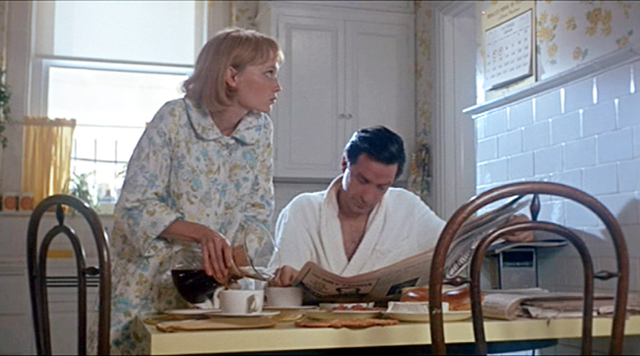
To Friends

Of course, that’s not just because it’s good-looking, but because it also makes excellent coffee.
Chemex takes a bit longer to immerse coffee – between 5 and 6 minutes. It also requires using custom paper filters made by the same brand. It might sound a bit exaggerated, but these filters are key to excellent coffee.
You see, they’re made of specially bonded paper which is thicker and does a better job at filtrating every tiny particle from coffee.
The final result is a very bright and light cup of coffee. This makes it great for single-origin coffee, as all the delicate flavor notes really get to shine through.
Here’s how to use the Chemex coffee brewing method:
- Open the paper filter and create a cone shape. One side of the cone should have three layers. Place the filter into the Chemex. The three-layered part should sit where the spout is. Wet the filter with a bit of hot water.
- Add coffee grounds into the filter.
- Pour hot water over the grounds, just enough to wet them. Let them sit for around 30 seconds.
- After the time passes, add the remaining water, pouring in a circular motion. For a stronger cup, split the pouring into 3 rounds, waiting for the coffee to drain completely before adding more water.
- When the water seeps through, and coffee ends up in the bottom chamber, remove the filter and discard it.
- Pour coffee into your mug.
The process is pretty simple, albeit it takes a few minutes.
This pour over coffee maker, like other French press alternatives, is pretty simple to use. You just need to rinse the body, and you’re good to go. With proper maintenance, this brewer can last you a lifetime.
Compared to the other mentioned alternatives, Chemex is made of borosilicate glass. While sturdy, it’s not shatterproof. For that reason, it’s not the best option to throw into your luggage when you’re out of town.
Furthermore, it can be quite bulky. Especially the larger models.
But I do like the fact that there are different sizes available, ranging from 3 to 13 cups. So no matter how large your household is, there’s a Chemex model for you.
Pros
- Very nice looking
- Creates a very clean and bright cup of coffee, with prominent delicate notes
- Comes in different sizes, so it’s suitable for large coffee-drinking households
Cons
- You need to use Chemex filters, which adds to the price
- Delicate and bulky, so it’s not great for using on the go
FAQ
Have other questions related to the French press? I’ve gathered a quick FAQ that should solve your doubts about this brewing method.
Is drip coffee healthier than French press?
Drip coffee (filtered coffee) is considered to be healthier than the French press because it uses paper filters, which remove sediment from coffee. Among sediment, there’s a compound named cafestol, which increases levels of bad cholesterol.
Why does French press coffee taste better?
This is mainly due to coffee oils that get inside your coffee when brewing with a French press. The oils from the coffee bean are most responsible for giving coffee its flavor and body.
Is French press coffee stronger than espresso?
Espresso is more concentrated than coffee made with a French press. Speaking in numbers, a shot of espresso has roughly the same amount of caffeine as a 6-ounce cup of French press coffee. Nevertheless, French press brew can end up being a strong coffee similar to espresso if you tweak the process a bit.
To Sum Things Up
The French press lets some oils and sediment through, which is not up to everyone’s liking.
If that’s the case with you, there is a French press coffee alternative you can try. AeroPress, Clever Dripper, and Chemex are all methods that create a much cleaner cup of coffee. Compared to a French press, they’re all pretty easy to use and clean.
Looking for the best beans? Check out our article on the best coffee for the French press.

